The assumption that all colors require a lot of light is wrong. In fact, there are a large number of shade-loving plants growing indoors. Among them there are representatives that are distinguished by the splendor of inflorescences, the beauty of the leaves, as well as some exotic flowers.
Content
Common features of plants that love shade
Sciophytes are plants that prefer shade. Florists also call them heliophobes, that is, organisms that poorly tolerate the sun. In fact, many flower growers successfully grow such indoor flowers in brightly lit places. But in the shade, these plants reveal their full potential.
Sciophytes placed in half-shaded zones are distinguished by more colorful shades of inflorescences. The leaves of such flowers, as a rule, are much brighter and juicier. There are no age spots or other traces of sun exposure.
Shade-loving flowers are placed on the western and eastern windowsills. In the north, some of them will require additional lighting. Sciophytes grow well in near-window zones under the shadow of a curtain. In apartments, whose windows face south, shadelings are placed away from the windows.
Among shade-loving flowers there are different species. These are flowering, decorative leafy and large indoor plants.
Names of unpretentious shade-loving plants with a description
Usually growing shade-loving flowers is accompanied by a number of additional actions, since most of these plants are capricious. But unpretentious flowers are also found, for example, chlorophytum, anthurium, spathiphyllum, pelargonium.
Chlorophytum
Chlorophytum is a herbaceous perennial. Chlorophytum is rich in species diversity. The following types of flower are considered the most famous:
- Crested;
- Kinky (Bonnie);
- Cape;
- Orange (Winged, Orchid Star);
- Laxum.
Chlorophytum is characterized by long drooping stems. A bunch of leaves with aerial roots forms at the tip of the stem. Thanks to such stems, the flower is able to take root in the adjacent pot and eventually displace its inhabitant.
Leaves lanceolate, collected in a basal rosette. The surface is glossy or matte. In some species, it is rough to the touch. The color of the leaf plate can be expressed as a grassy shade of green, a bright or dark green shade. Some species have longitudinal white inserts.
Chlorophytum blooms with small white flowers. Baskets of flowers collected panicle-shaped inflorescences.
Spathiphyllum
Spathiphyllum is an evergreen perennial that belongs to the Aroid family. The people call the flower "feminine happiness." In indoor floriculture, these types of plants are used:
- Wallis
- Dominoes
- Sensation;
- Flowering;
- Mauna Loa;
- Helikonelistny.
Spathiphyllum is characterized by a very small root system and the absence of a stem. A rosette of leaves grows directly from the soil.
Leaf plates can be either oval or lanceolate. The central vein and thin transverse veins are clearly visible on the surface. The plate is mounted on an elongated petiole. Depending on the species, the leaves may have a matte or glossy surface, a plain green or green with whitish strokes.
Spathiphyllum is valued for its beautiful flowers. The inflorescence consists of a cob and a bedspread. It is placed on a long peduncle. The color of the bedspread is always snow-white. And the ear can have a milky, yellow or pink color.
Anthurium
Anthurium is an evergreen perennial from the Aroid family. Known as "male happiness." The flower has a wide species diversity. The following plant species are considered the most popular:
- Andre;
- Baker
- Majestic;
- Hooker;
- Climbing;
- Multi-dissected;
- Crystal;
- Scherzer.
Anthurium is distinguished by a thick stem. As a rule, the stems of the plant are shortened.
Due to the great species diversity, the leaves of Anthurium can be represented in various forms. Leaf plates are always attached to the petioles with the geniculum. The surface of the plates can be matte or glossy. The structure is from leathery to fragile paper.
Anthurium flower is a cob wrapped in a veil. Unlike spathiphyllum, the ear can have a variety of shapes, including a spiral (Anthurium Andre) and a leathery bedspread. The color of the flower is diverse.
Pelargonium
Pelargonium is a perennial herb, succulent or shrub of the Geranium family. Indoor floriculture uses the following types of flower:
- Fragrant
- Capitate;
- Fragrant;
- Zonal
- Napellus;
- Large-flowered;
- Curly;
- Soiling;
- Fluffy leaf;
- Pink;
- Angular;
- Quadrangular;
- Thyroid.
Pelargonium is highly branched. Stems can grow straight or spread. Leaf plates are palmate or palm-dissected. Flowers are collected by umbrella-shaped inflorescences. Due to the abundance of flower baskets, the impression of terry is created. The color of the petals is diverse.
Varieties of decorative and deciduous indoor shade-loving flowers
Among shade-loving plants, there are a number of flowers belonging to the decorative-deciduous group. Their leaves, as can be seen from the photo, are particularly bright and beautiful.
Sansevieria
Sansevieria is a stemless perennial belonging to the Asparagus family. The people have the flower names Pike tail, Mother-in-law's tongue, Snake skin. There are such types of plants:
- Big;
- Hyacinth;
- Dunery;
- Graceful (Graceful);
- Pickaxe
- Liberian
- Three-way.
The decorative value of sansevieria lies in its leaves. The plates are represented by lanceolate and xiphoid forms. The structure of the leaves is leathery, the plates are fleshy, large. The color of the leaves depends on the species of sansevieria. As a rule, it is represented by a variety of stains and stripes, often a tiger pattern, on a dark green background. An exception is the Three-lane look: dark green, almost black sheet, has a light yellowish border.
Fern
Fern is an exotic plant with which many signs and superstitions are associated. In nature, thousands of fern species count. At home, only a few types of plants are grown:
- Nephrolepis;
- Adiantum (Venus of hair);
- The ostrich is common;
- Orlyak;
- Thyroid Male;
- Kochedzhizhnik Female.
Fern leaves grow on vayy - elastic bends curved by an arc. In most species they are drooping.
Leaves can be wide and narrow. Often they have teeth along the edges. As a rule, leaves of indoor ferns are hard. The surface of the plates can be smooth or rough, glossy or matte. The color of the plates is represented by juicy green or salad colors.
Ficus
Ficus is a perennial belonging to the Mulberry family. Most ficuses are evergreens, but deciduous species are also found. In indoor floriculture, such ficuses are grown:
- Rubber bearing;
- Benjamin;
- Binnendiyah Ali;
- Microcarp;
- Dwarf;
- Lyre-shaped;
- Bengal;
- Holy (religious).
Usually ficuses reach quite large sizes. The only exceptions are its dwarf species.
The most noticeable in the plant are its leaves. Depending on the species, they can be represented in a variety of shapes and shades. The surface of the plates is often glossy. In most species, they are fleshy leathery.
Shady krupnomer and palm trees
Among shade-loving plants, large-sized plants and palm trees occupy a special place.
Dracaena
Dracaena is a tree or shrub perennial of the Asparagus family. The plant is considered a succulent. The flower is also known as the Dragon or the Female Dragon. Dracaena is often called the False Palm. There are such types of plants:
- Marginata (Bordered);
- Sander
- Fragrant;
- Compact;
- Deremskaya;
- Dragon
- Reflex
- Godsef.
The appearance of dracaena changes as they grow older. A young plant appears to be a trunk with abundant leaf cover. As you grow older, the trunk is exposed. Some species leave only the top of the leaves, which resembles a palm tree. Others - have rare leaves on a bare trunk in a spiral or opposite.
The plates have a xiphoid or lanceolate shape. The color can be either monochromatic light and dark green, or variegated. Some species have lemon, white or lettuce longitudinal stripes over the entire surface of the leaf. And Dracaena Godsefa is distinguished by oval dark green leaves with thick white specks.
Monstera
Monstera is a large vine of the Aroid family. In nature, there are several dozen species of this plant, but in indoor floriculture there are only 2 species:
- Monstera Delicious (Attractive) - cirrus-dissected leaves;
- Monstera Diagonal (unequal) - perforated leaves.
The flower is a perennial. Even at home, it grows to several meters. Monstera is distinguished by unusual leaves.
Leaf plates reach quite large sizes and are attached to powerful petioles. The surface of the plates has holes (perforations) or sections. Often, perforation is also present on cirrus dissected leaves.
The color of the plates depends on the type of monstera. In Delicatessen, it is represented by a deep dark green color, in Diagon - by a juicy shade of green.
Palm
Indoor palm is a very exotic plant, bewitching with its growth and unusual leaves. In indoor floriculture, these types of palm trees are grown:
- Bamboo palm;
- Neantha;
- Date Palmate;
- Coconut Nut
- Weddel Coconut;
- Fish tail.
The size, color and shape of the leaf blades is diverse. Indoor palm trees have a certain feature, not knowing about which you can destroy the plant. Palm tree does not tolerate violent loss of leaves. Therefore, a cut palm leaf can lead to the death of the whole tree.
Common Growing Questions
Sciophytes are a large group of indoor plants. For normal life they need to create partial shade conditions. In this case, they will please with magnificent blossoming and brightness of coloring of leaves.

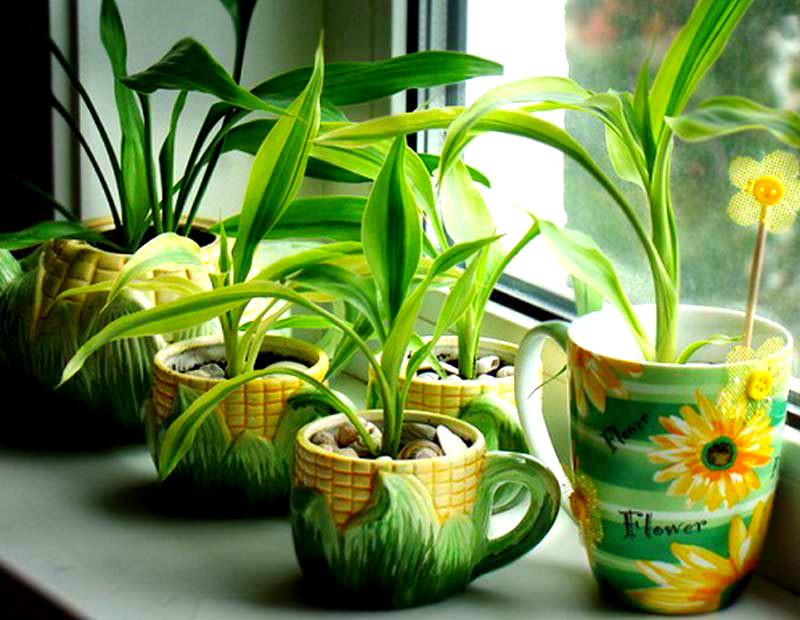
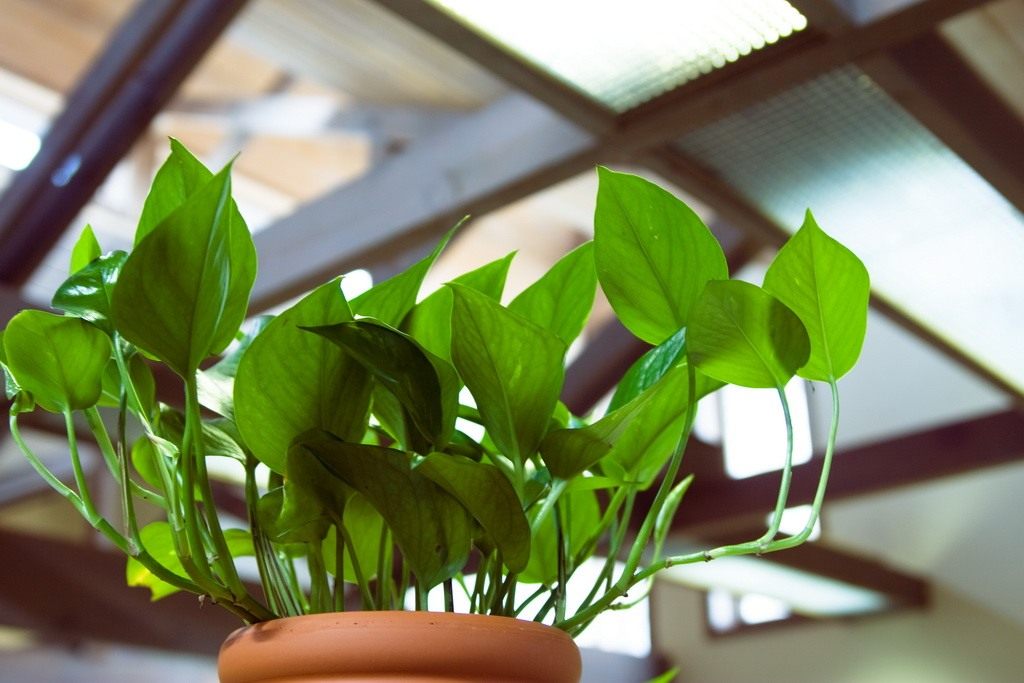
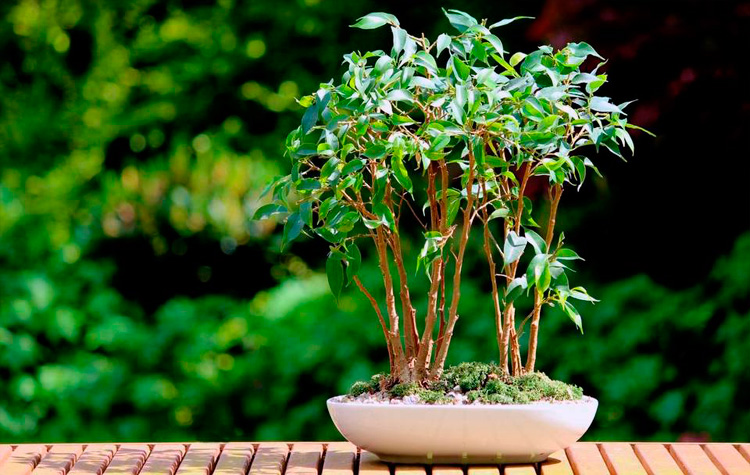
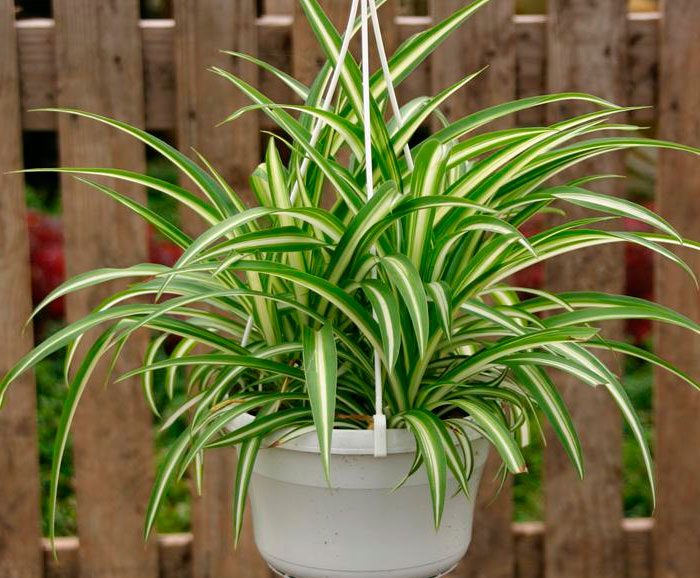
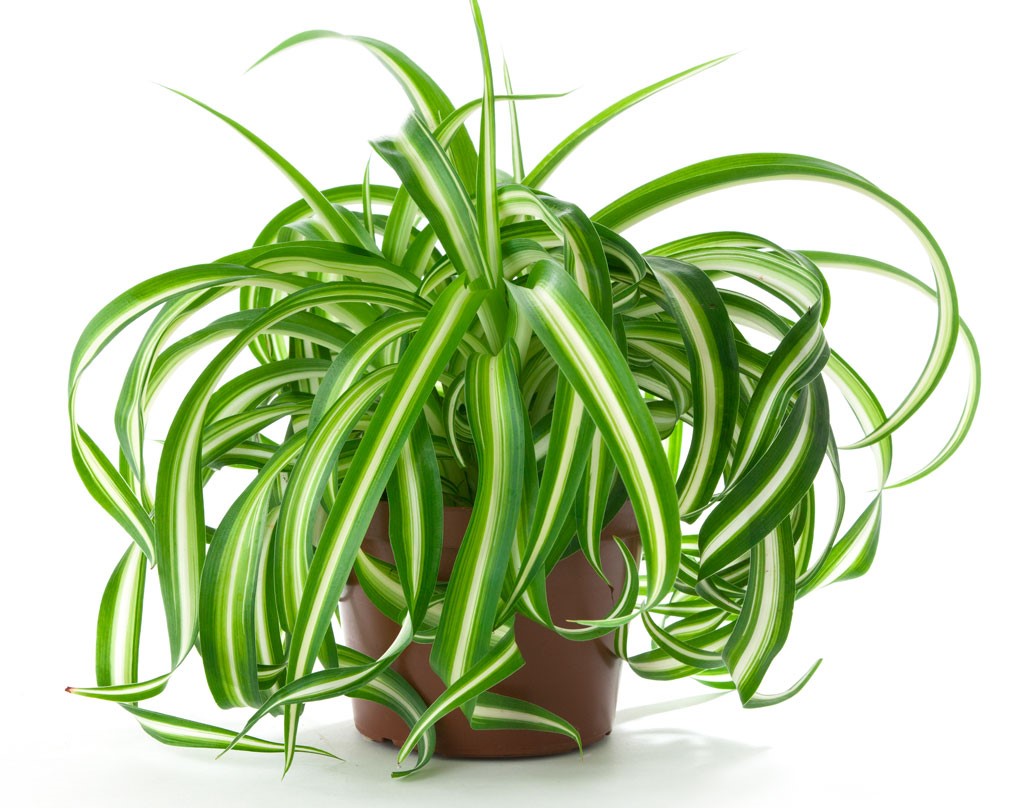
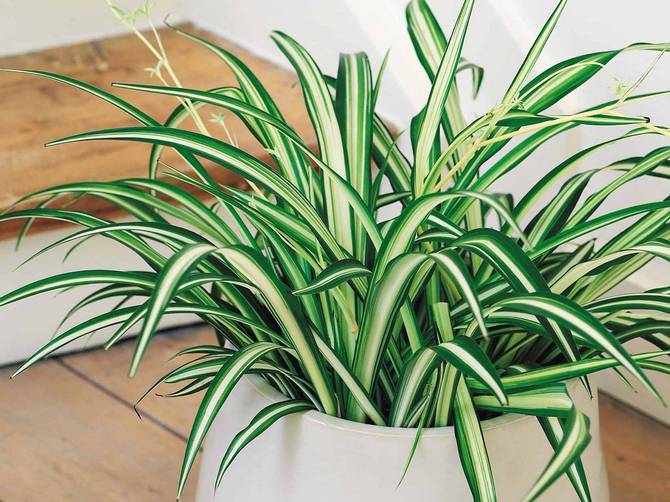
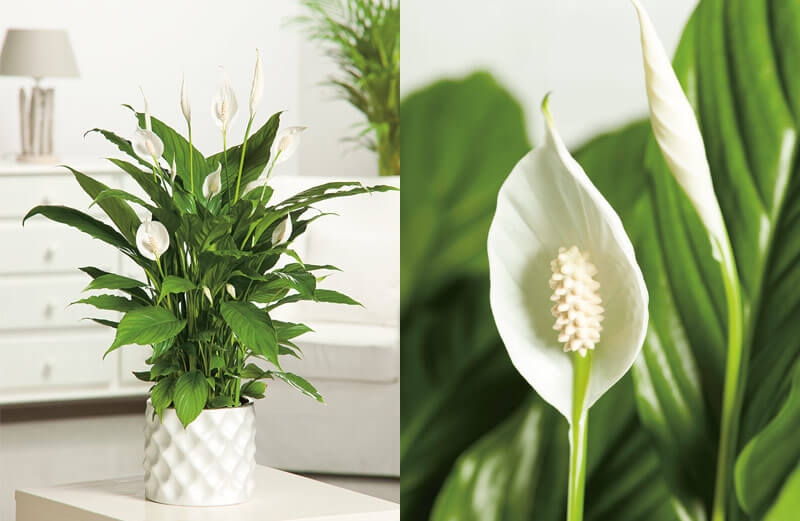
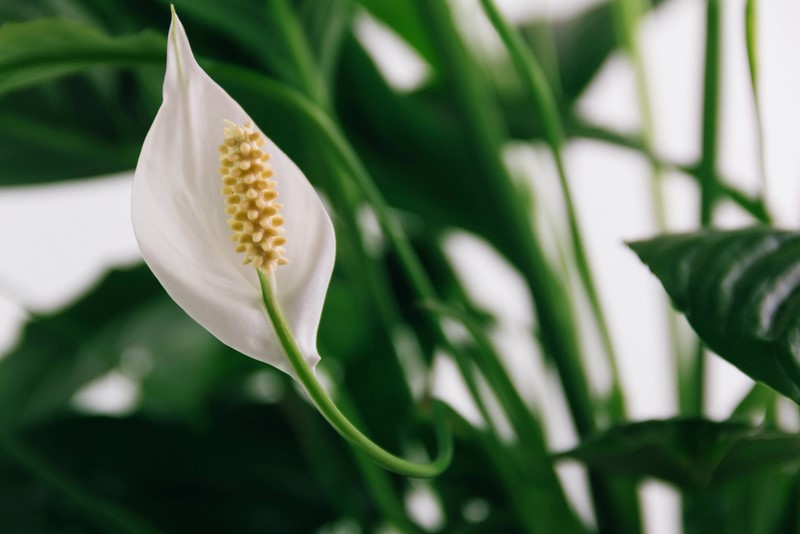
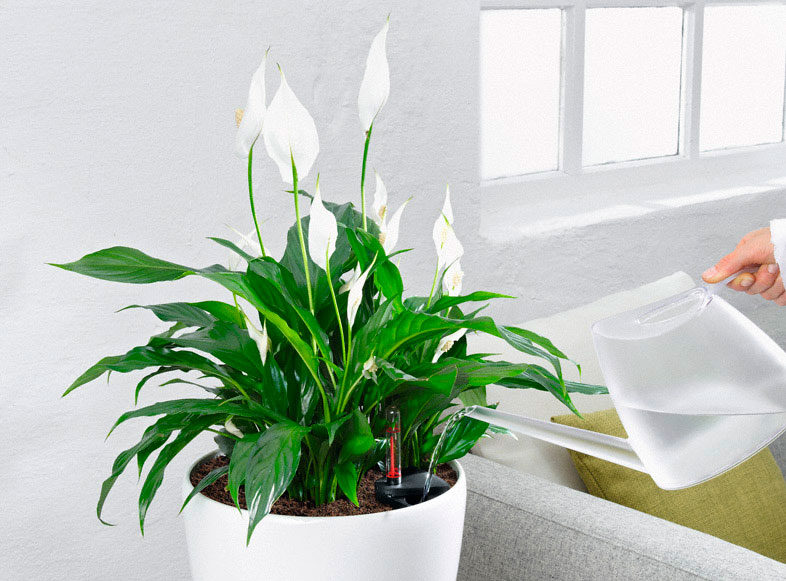
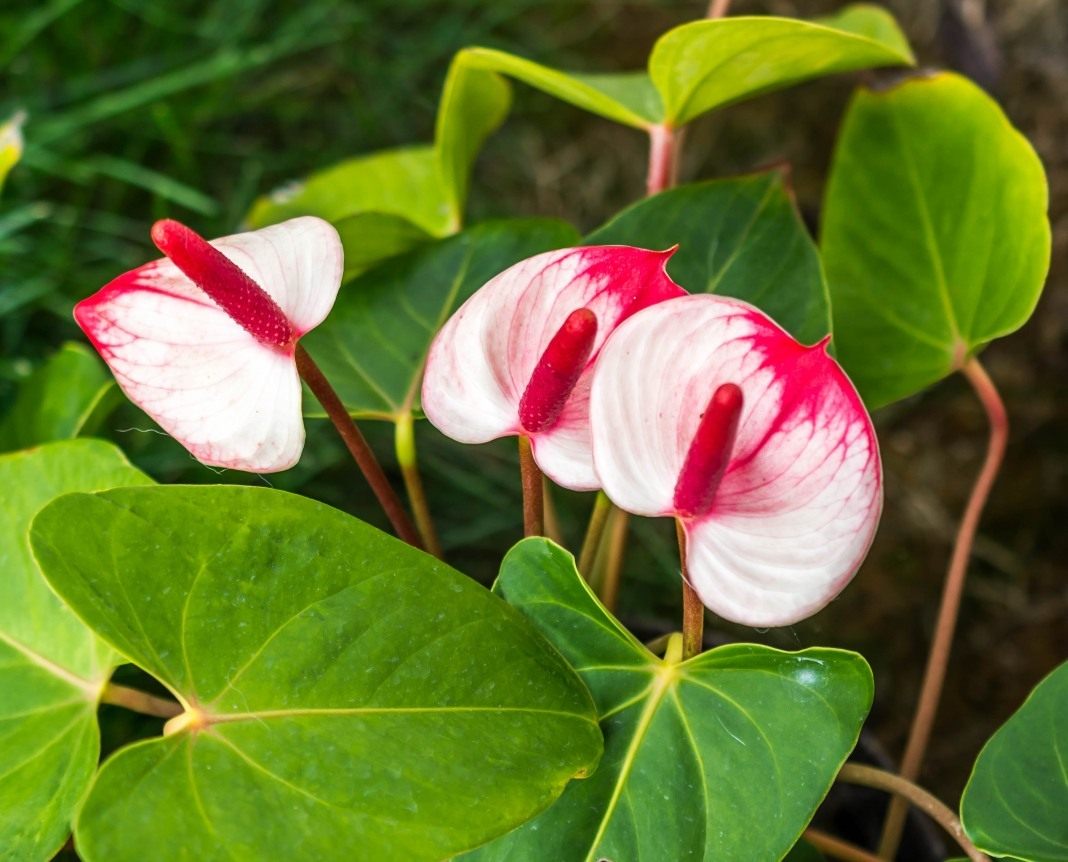

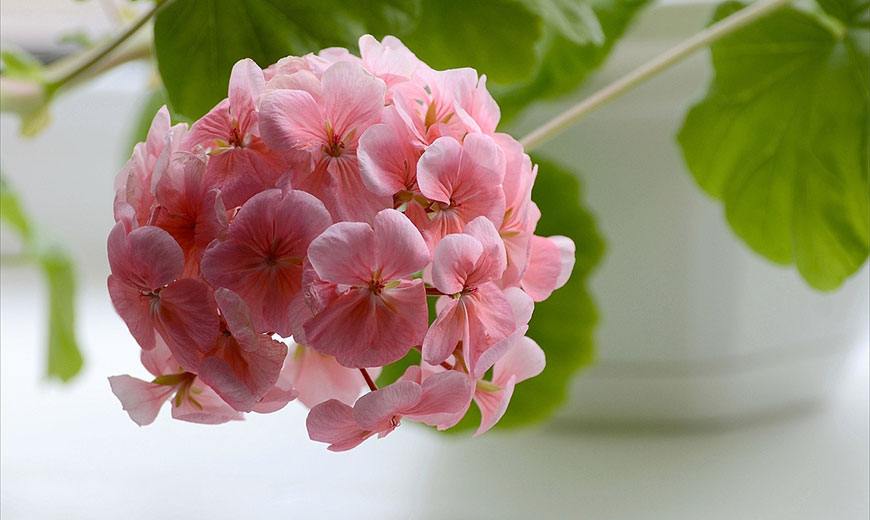
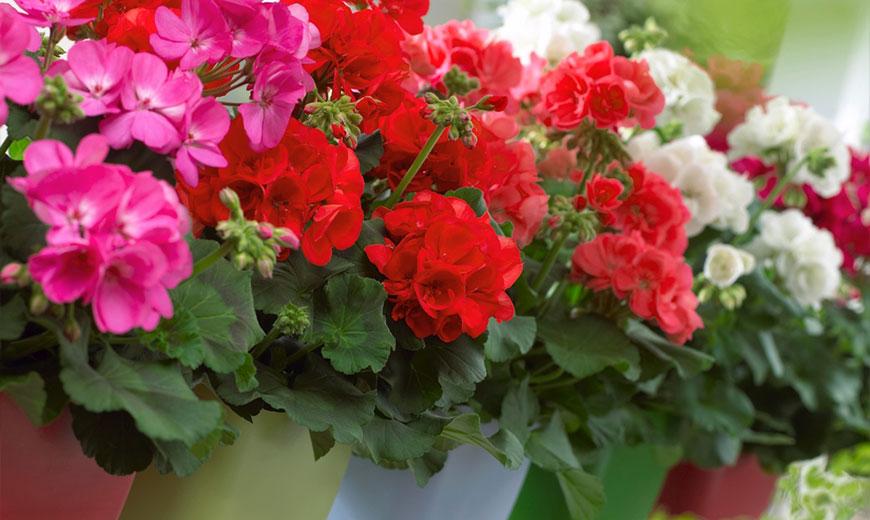



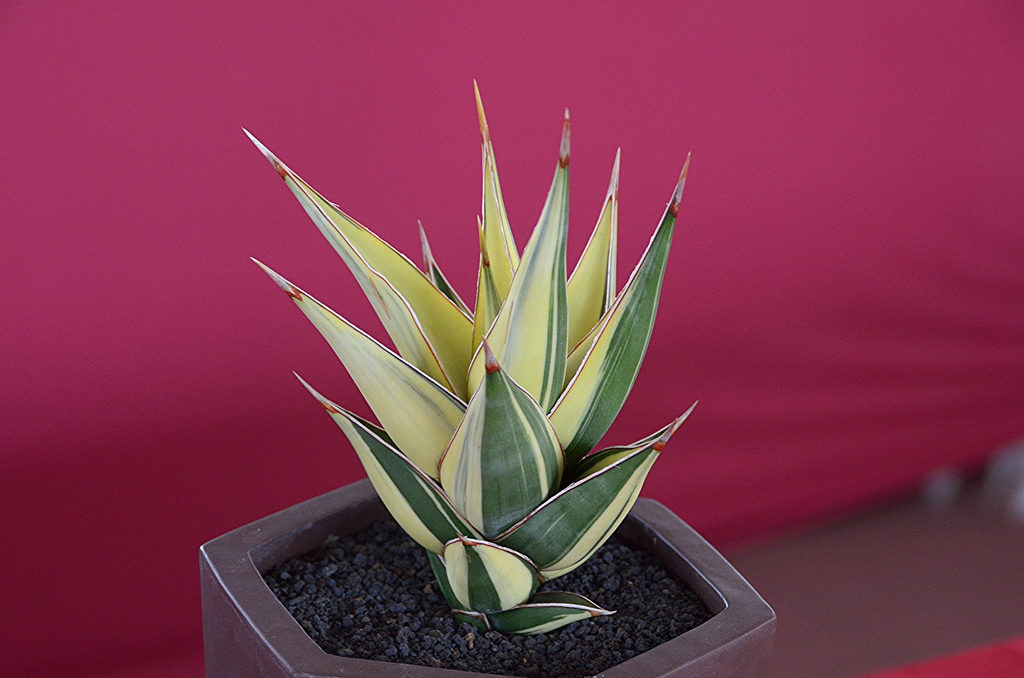
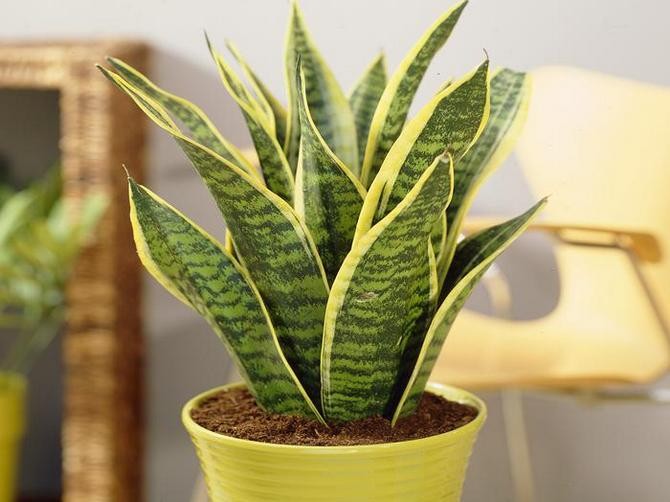
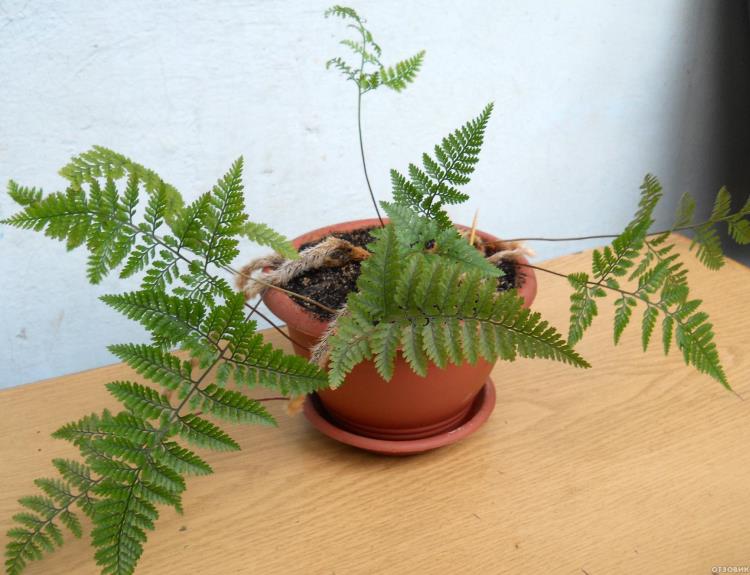
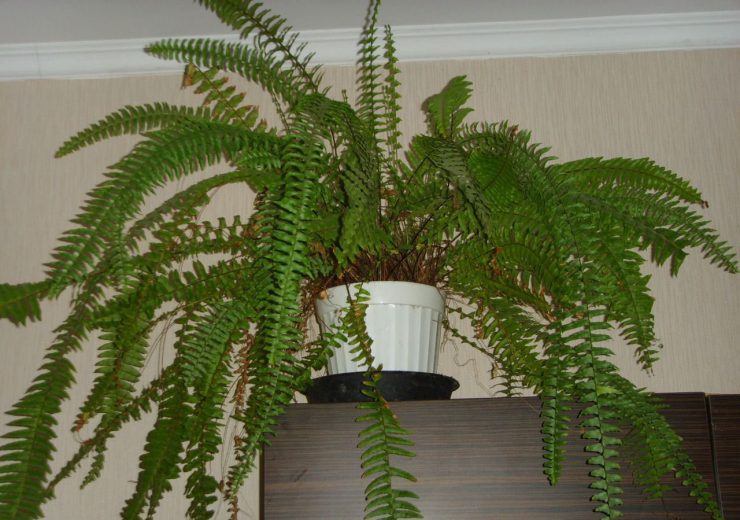
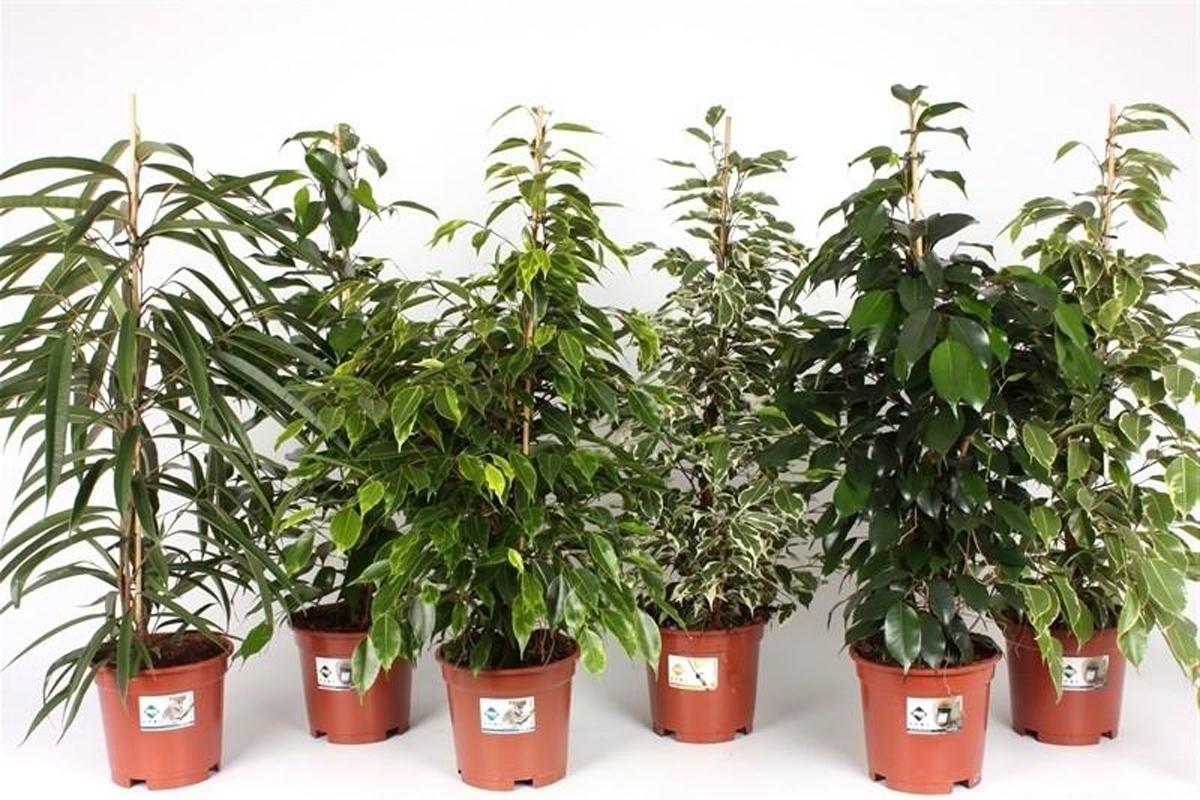
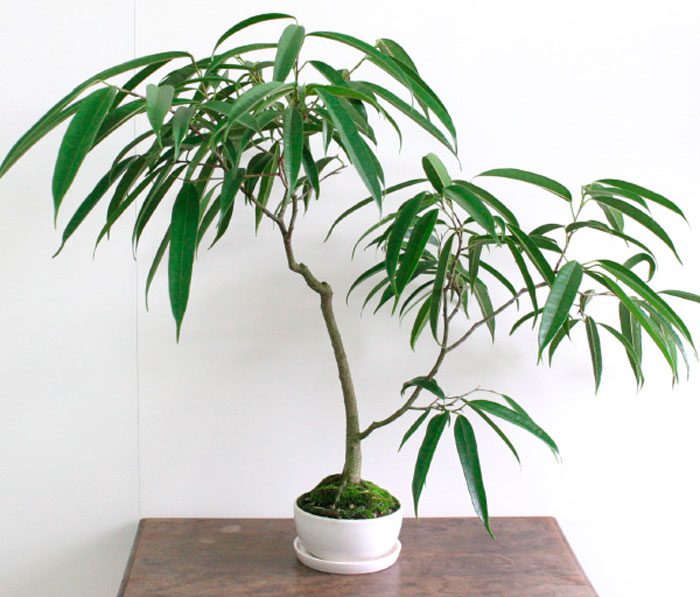

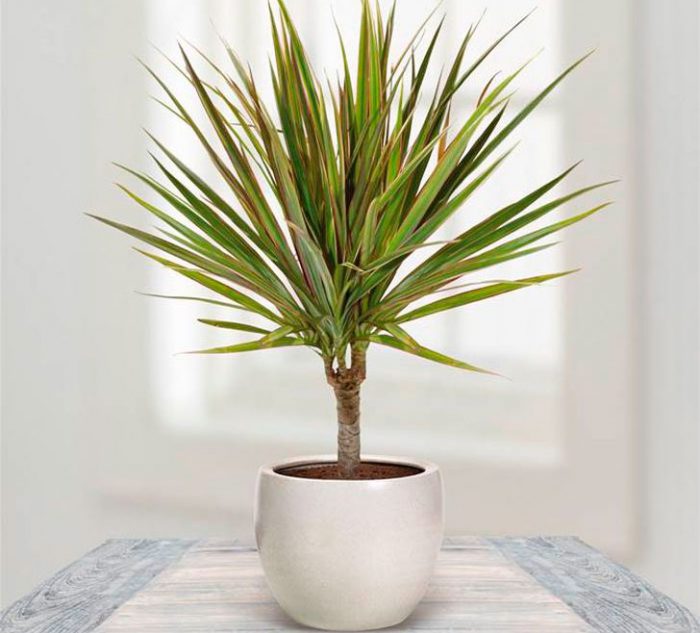
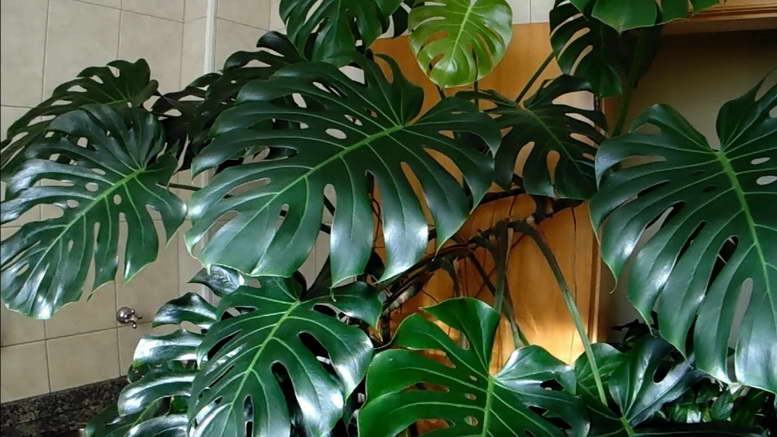
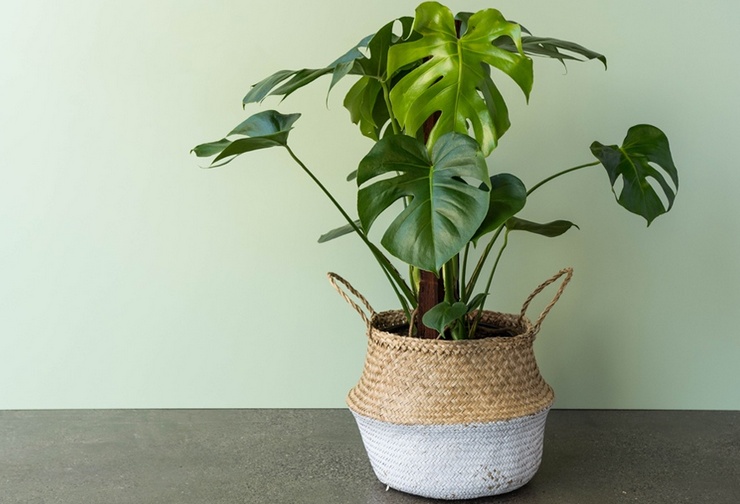
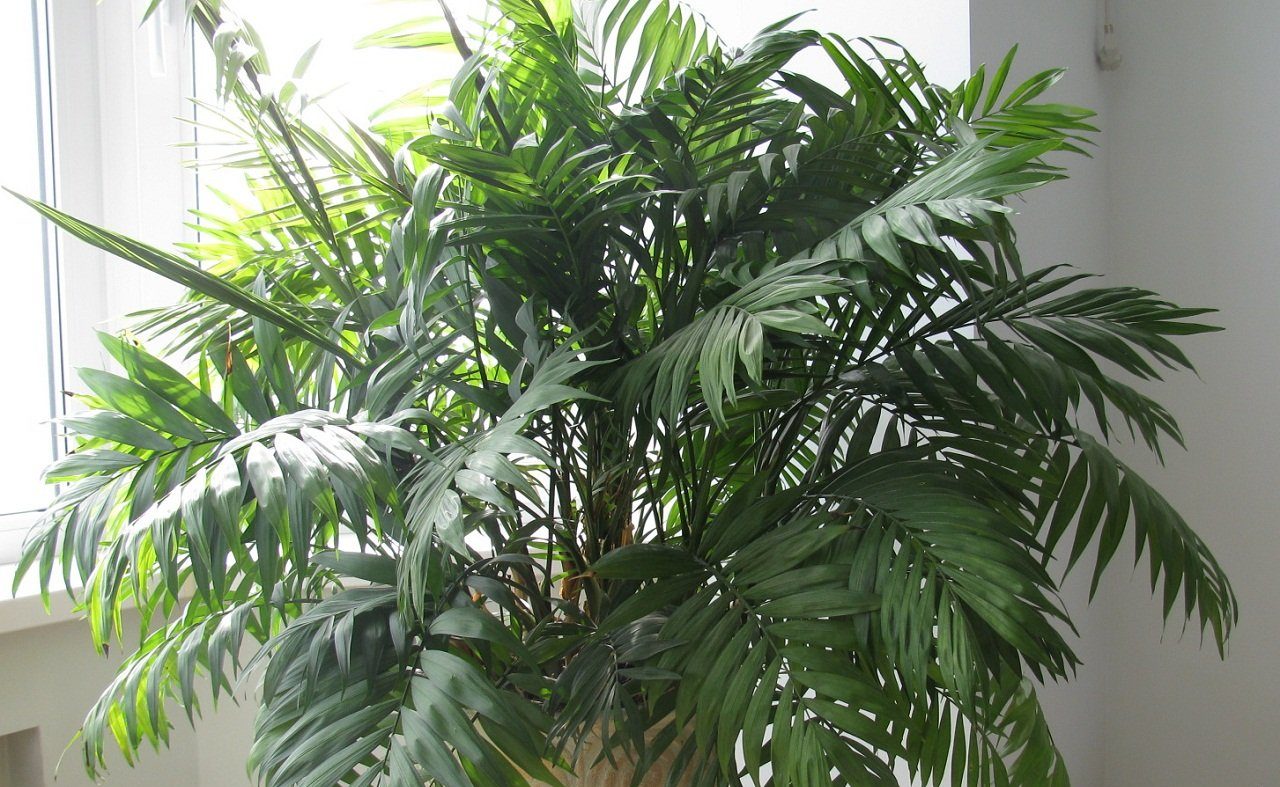

 10 beautiful annuals that bloom all summer
10 beautiful annuals that bloom all summer Sow in the ground, without seedlings: 10 beautiful and unpretentious flowers
Sow in the ground, without seedlings: 10 beautiful and unpretentious flowers Platicodon planting and outdoor care
Platicodon planting and outdoor care Hosta - planting and care in the open ground in the Urals
Hosta - planting and care in the open ground in the Urals